It almost sounds too wild: a single city out-making an entire industrial giant like Germany, at least when it comes to steel. But the talk has stuck for generations—Pittsburgh, once called the “Steel City,” was so dominant that locals would say, half-joking, that it could chew up and spit out more steel than all of Germany. But how close to the truth is that? Was Pittsburgh just flexing local pride, or did the blast furnaces of the American northeast really eclipse a country known for its manufacturing might?
Pittsburgh’s Meteoric Rise as Steel Capital
Let’s rewind to the turn of the 20th century. Picture Pittsburgh in 1900: sooty skyline, dozens of mills running day and night, and the air thick with more than just smog—it’s ambition, too. Andrew Carnegie, a name forever welded to steel’s history, had built the city into the heart of America’s steel revolution. By 1901, his company had joined with J.P. Morgan’s money to form U.S. Steel, headquartered right in Pittsburgh. Fast forward through the early 20th century, and by the 1920s, Pittsburgh’s steel mills were pumping out nearly 60% of America’s entire steel output. There were other towns in the region—Homestead, Braddock, Gary—but Pittsburgh was the beating iron heart of all of it.
The city thrived because it had everything a steel mill craved. First, sheer geography: rich seams of coal (energy and coke), easy access to Lake Erie, the Ohio and Mississippi Rivers for transporting finished steel, and endless demand from the explosive growth of US railroads, skyscrapers, and auto plants. In 1910, the US as a whole produced about 26 million metric tons of steel, with the Pittsburgh district alone churning out roughly 40% of that—over 10 million tons from the city and its neighboring mills.
To put it bluntly, nearly every American bridge, rail line, or skyscraper you saw in a 1920s black-and-white movie probably had Pittsburgh steel somewhere in its bones.
Germany’s Steel Machine: National Scale, Global Ambitions
While Pittsburgh was forging America’s backbone, Germany was also on a steel-building tear. The Ruhr region, packed with factories in places like Dortmund, Essen, and Duisburg, was Germany’s answer to Pittsburgh—a geographic jackpot of iron ore and coal. German steel firms, like Krupp and Thyssen, weren’t just big. They were massive on a European scale, feeding the country’s fast-growing industry, its armies, and even global exports.
Before World War I, Germany often ranked second only to the U.S. in total steel output. A quick look at the numbers shows the scale:
| Year | Germany Steel Output (million metric tons) | Pittsburgh Area Steel Output (million metric tons) |
|---|---|---|
| 1900 | 6.3 | ~5.0 |
| 1913 (pre-WWI peak) | 19.3 | ~10-12 (estimate, Pittsburgh & environs) |
| 1929 | 17.5 | ~12-15 |
| 1940 | 22.5 | ~15.0 |
| 1950 | 16.7 | ~10-13 |
Even at its rowdiest, Pittsburgh never beat all of Germany put together. But Pittsburgh was consistently outrunning entire European countries like France or Italy by itself, which is wild for a city barely bigger than Houston is today.
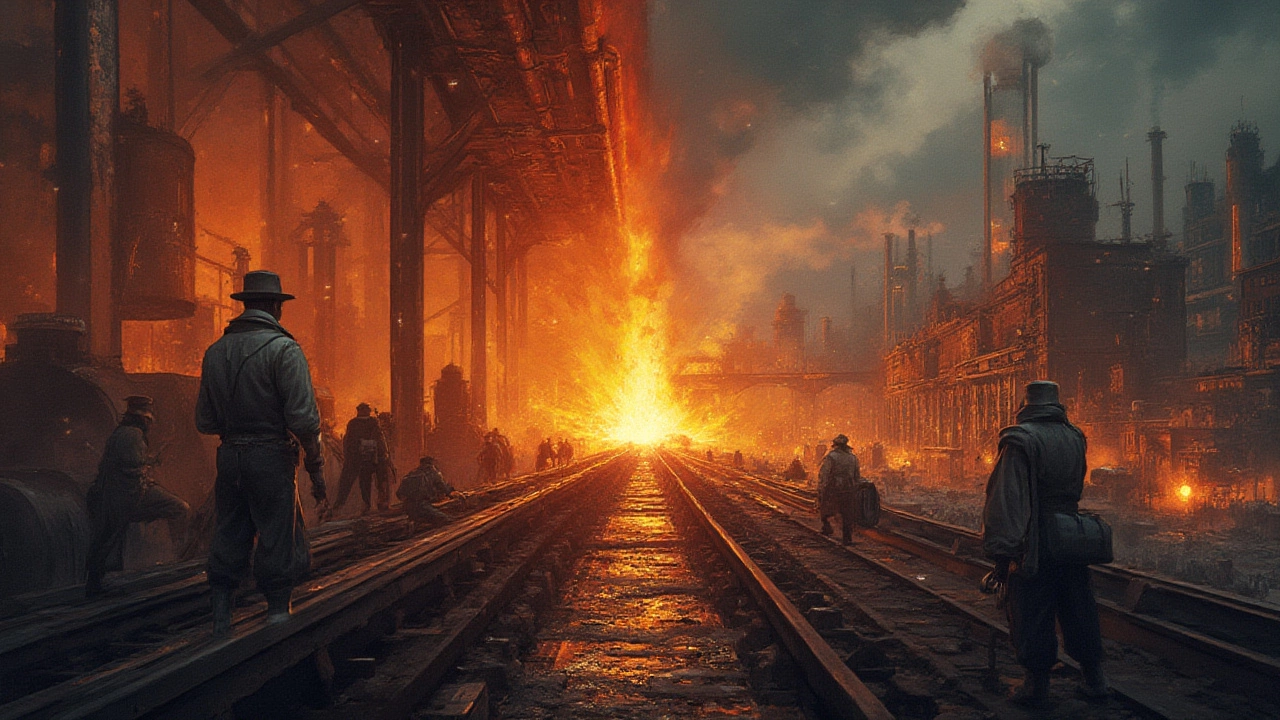
Comparing Pittsburgh’s Output to Germany’s: Fact or Folklore?
So, did Pittsburgh actually outproduce Germany in steel? The answer is—almost, but not quite. In the roaring years between 1910 and 1945, the steel output from greater Pittsburgh and its orbit came close to Germany’s output, especially when German production was wrecked by war or internal chaos. For a few brief post-WWI years, when Germany’s economy was in tatters and its industry was subject to Allied restrictions, the Pittsburgh area could match or narrowly edge Germany’s battered output. But for most years, Germany was the number-two steel maker worldwide (after the entire United States, of course), while Pittsburgh was the number-one city, but representing just a slice of the much bigger American pie.
What’s undeniable is the muscle Pittsburgh flexed on a city scale. Imagine a metro area the size of Indianapolis pumping out enough steel to rival all of Soviet Russia at times, and crushing entire nations. It’s as if a city today made more smartphones than all of Japan. Even if the “more than Germany” legend is a stretch, the real numbers are still insane. American steel historians say that in the 1920s and 1930s, the Monongahela Valley’s mills produced more steel than any region worldwide. So, while Germany’s numbers topped Pittsburgh’s, the comparison shows just how insane the city’s production really was.
Here’s the kicker: if you zoom out and look at America as a whole, U.S. steel output crushed Germany’s. In 1929, for example, the US produced about 58 million metric tons of steel—more than triple Germany’s output. Pittsburgh’s dominance is still a legend for a reason.
Why Pittsburgh Shaped Steel—and Why It Mattered
Pittsburgh didn’t just build steel for bragging rights. Its output literally shaped the country. During World War II, Pittsburgh-area mills switched over almost overnight to shell casings, naval armor, and tank hulls. If you’ve ever seen an old Sherman tank (there are still a few at VFW halls), chances are the thick armor was fired and rolled in a Pennsylvania mill. During the war, the greater Pittsburgh area produced 95 million tons of steel—more than what all of Italy made, or the entire prewar USSR in a single year.
But even before those war years, Pittsburgh set design and efficiency standards copied by steelmakers everywhere. Its workers’ union battles, like the Homestead Strike, defined labor rights across industries. And the city’s collapse in the 1970s—when cheap imports and new tech killed most of the mills—became the warning bell for every other industrial city on the planet.
For steel geeks, there are some wild old numbers: In 1916, the Jones & Laughlin mill alone ran almost five miles along the river, covering 160 acres, and employed 13,000 workers. People living a mile from the river claimed they could taste iron in the morning air. The city’s economy and its people were molded by those giant blast furnaces. Even now, if you visit the Waterfront shopping complex east of downtown, you’re walking where the Homestead Works—once the world’s most powerful mill—used to rumble, right next to the ghost of old steel stacks.
So no, Pittsburgh as a city didn’t outproduce all of Germany most years—though it smoked them on occasion when Germany hit hard times. But the real story here is just how close that comparison actually was. For a stretch of American history, one tough, smoky city in western Pennsylvania nearly out-forged one of industrial Europe’s strongest countries. That’s a win in anybody’s book, and a chunk of pride Pittsburghers still carry today.


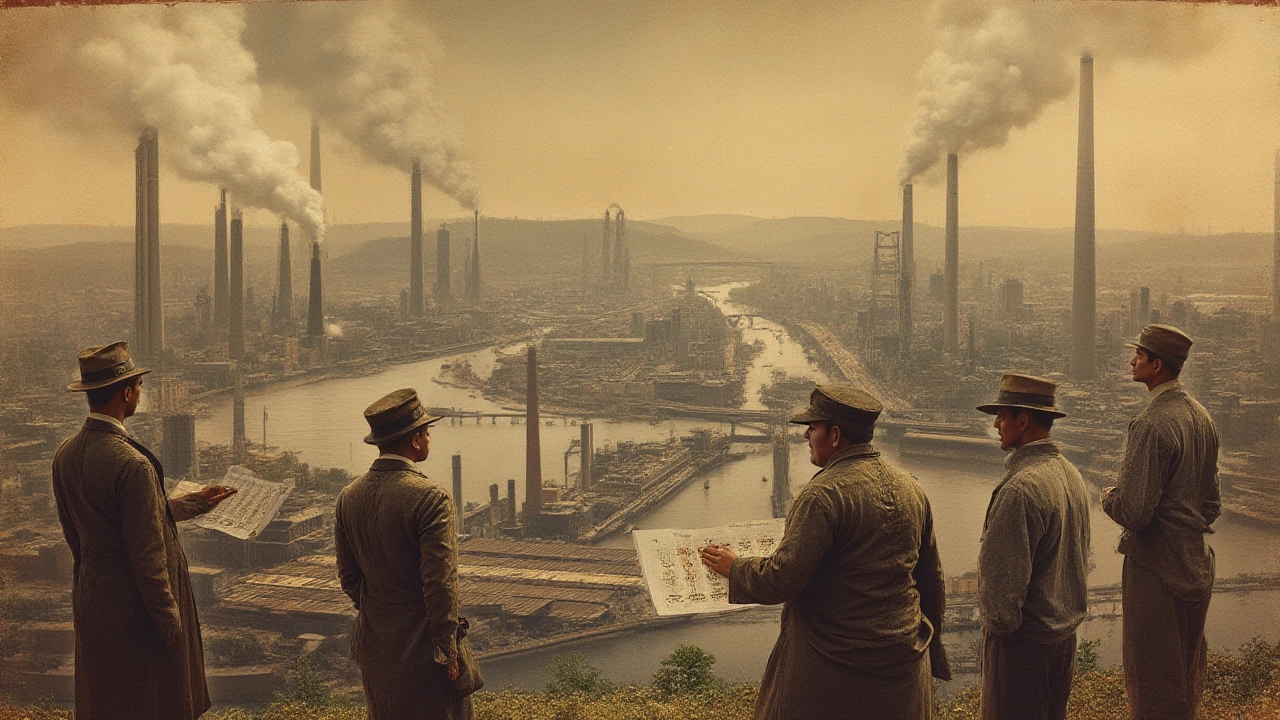

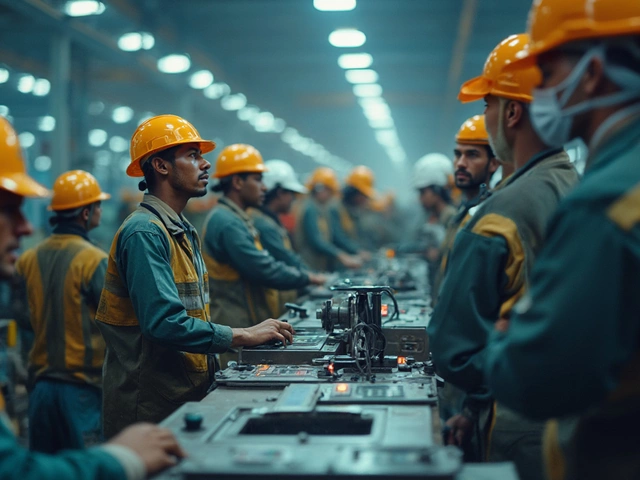
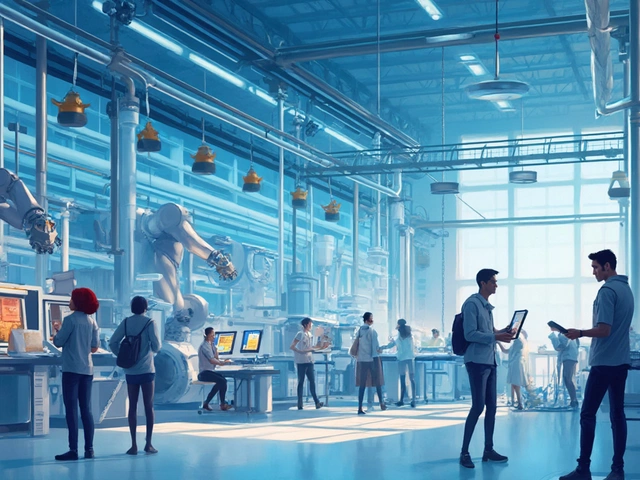
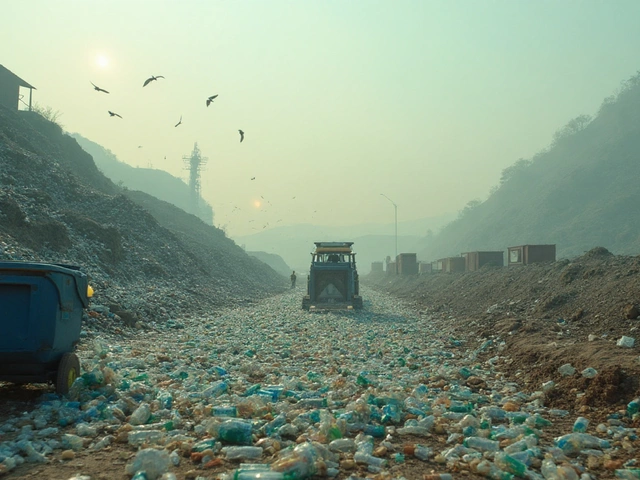
Write a comment